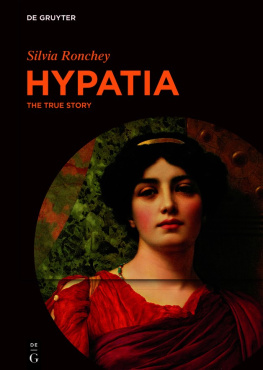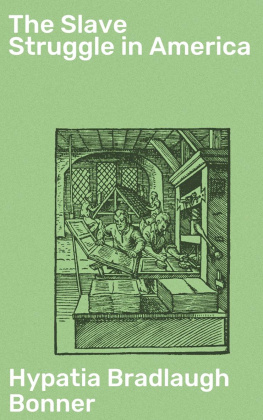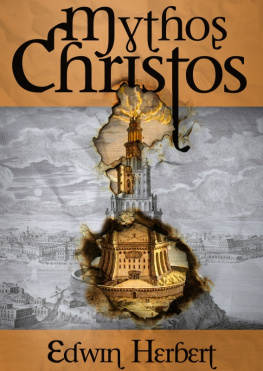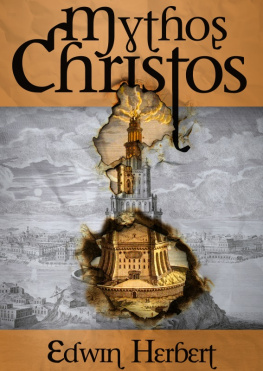Silvia Ronchey - Hypatia: The True Story
Here you can read online Silvia Ronchey - Hypatia: The True Story full text of the book (entire story) in english for free. Download pdf and epub, get meaning, cover and reviews about this ebook. City: Berlin, year: 2021, publisher: De Gruyter, genre: Non-fiction / History. Description of the work, (preface) as well as reviews are available. Best literature library LitArk.com created for fans of good reading and offers a wide selection of genres:
Romance novel
Science fiction
Adventure
Detective
Science
History
Home and family
Prose
Art
Politics
Computer
Non-fiction
Religion
Business
Children
Humor
Choose a favorite category and find really read worthwhile books. Enjoy immersion in the world of imagination, feel the emotions of the characters or learn something new for yourself, make an fascinating discovery.
- Book:Hypatia: The True Story
- Author:
- Publisher:De Gruyter
- Genre:
- Year:2021
- City:Berlin
- Rating:4 / 5
- Favourites:Add to favourites
- Your mark:
Hypatia: The True Story: summary, description and annotation
We offer to read an annotation, description, summary or preface (depends on what the author of the book "Hypatia: The True Story" wrote himself). If you haven't found the necessary information about the book — write in the comments, we will try to find it.
This study reconstructs Hypatias existential and intellectual life and her modern Nachleben through a reception-oriented and interdisciplinary approach. Unlike previous publications on the subject, Hypatia explores all available ancient and medieval sources as well as the history of the reception of the figure of Hypatia in later history, literature, and arts in order to illuminate the ideological transformations/deformations of her story throughout the centuries and recover the true story. The intentionally provocative title relates to the contemporary historiographical notion of false or fake history, as does the overall conceptual and methodological treatment. Through this reception-oriented approach, this study suggests a new reading of the ancient sources that demonstrates the intrinsically political nature of the murder of Hypatia, caused by the phtonos (violent envy) of the Christian bishop Cyril of Alexandria. This is the first comprehensive treatment of the figure of Hypatia addressed to both academic readers - in Classics, Religious Studies, and Reception Studies - and a learned, non-specialist readership.
Silvia Ronchey: author's other books
Who wrote Hypatia: The True Story? Find out the surname, the name of the author of the book and a list of all author's works by series.













